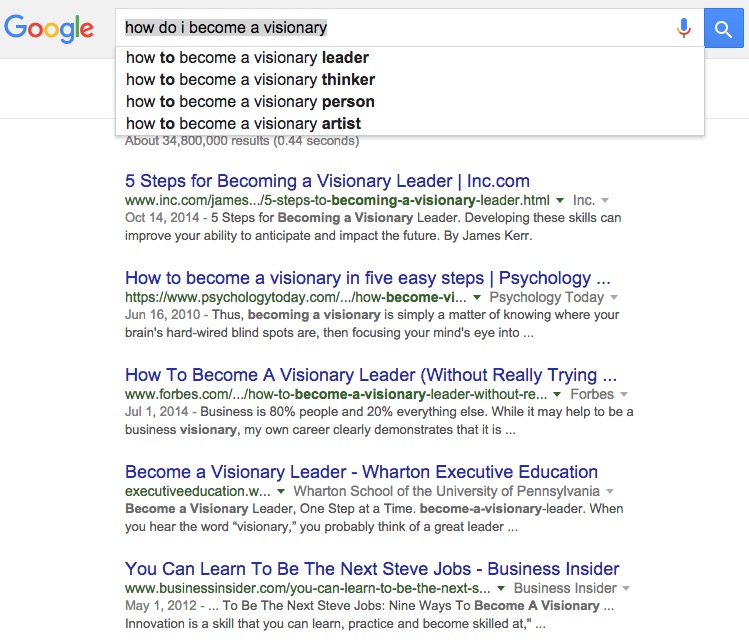What does it mean to be classified as “the first” in something? And why does this term most often apply to historically marginalized groups of people, such as women, African-Americans, etc.?
Being classified as the first can be a distraction that prevents us from seeing the whole person. The category of one, that they now belong to, makes it difficult to fully recognize their contribution. And as we discuss their accomplishments with the disclaimer “The first…..”, they are left with an asterisk (*) next to their name that encourages people to read the fine print.
The perception for some may be that the label of “first” elevates their accomplishments, putting them on a pedestal of sorts, or marking their place in history. But, the distinction would not be valid or needed in an environment where an equal playing field existed.
The misguided representation of a person’s accomplishments, based heavily on their human attributes, perpetuates the very bias that is the basis for the given distinction.
Let’s look at the simple illustration below to visualize this point…
 Equal playing field (group A):
Equal playing field (group A):
– There is no distinction in the circles.
– No room for bias based on a difference in attributes.
Distinction of person (Group B):
– The one dark circle stands out and appears isolated from the group.
– Opportunity for bias based on a difference in attributes.
Distinction of person + the first (Group C):
– Carrying the banner, while it may look appealing, can get heavy and become a burden.
– There is an illusion that somehow the darker circles accomplishments hold more weight, which can foster an invisible divide.
Celebrating “the first” based on distinct human attributes, gives me pause. It strengthens an invisible divide, while diminishing the rightful accomplishments of an individual, as well as the group of people they are the “first” of. It also manifests and feeds damaging illusions, while creating polarizing beliefs. There is no disclaimer, no asterisk, no special banner needed for exceptional achievements, when an equal playing field is in existence.
